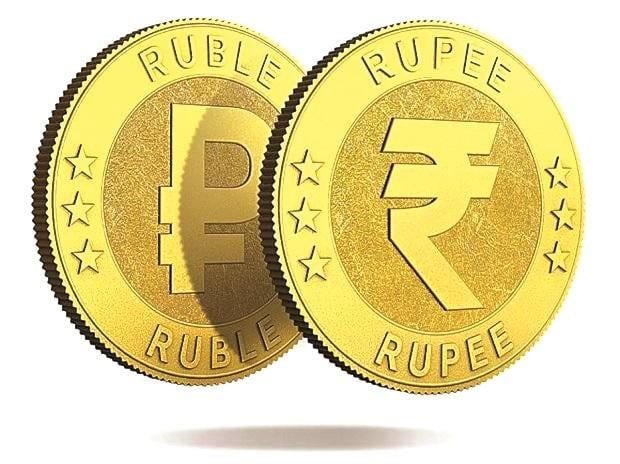Free Courses Sale ends Soon, Get It Now


Free Courses Sale ends Soon, Get It Now



Disclaimer: Copyright infringement not intended.
Context
Background
What is the Rupee-Rouble mechanism?
Under Article VI of the Indo-Soviet agreement:
Centre on reviving Rupee-Rouble mechanism
Why revive Rupee-Rouble trade?
What are the problems that may crop up?
What are the strategic ramifications for India? Will the world see this as an arrangement by India to by-pass the sanctions post-Final Thoughts
Significance of the Rupee-Rouble mechanism
Read: https://www.iasgyan.in/daily-current-affairs/countering-americas-adversaries-through-sanctions-act-caatsa

© 2024 iasgyan. All right reserved